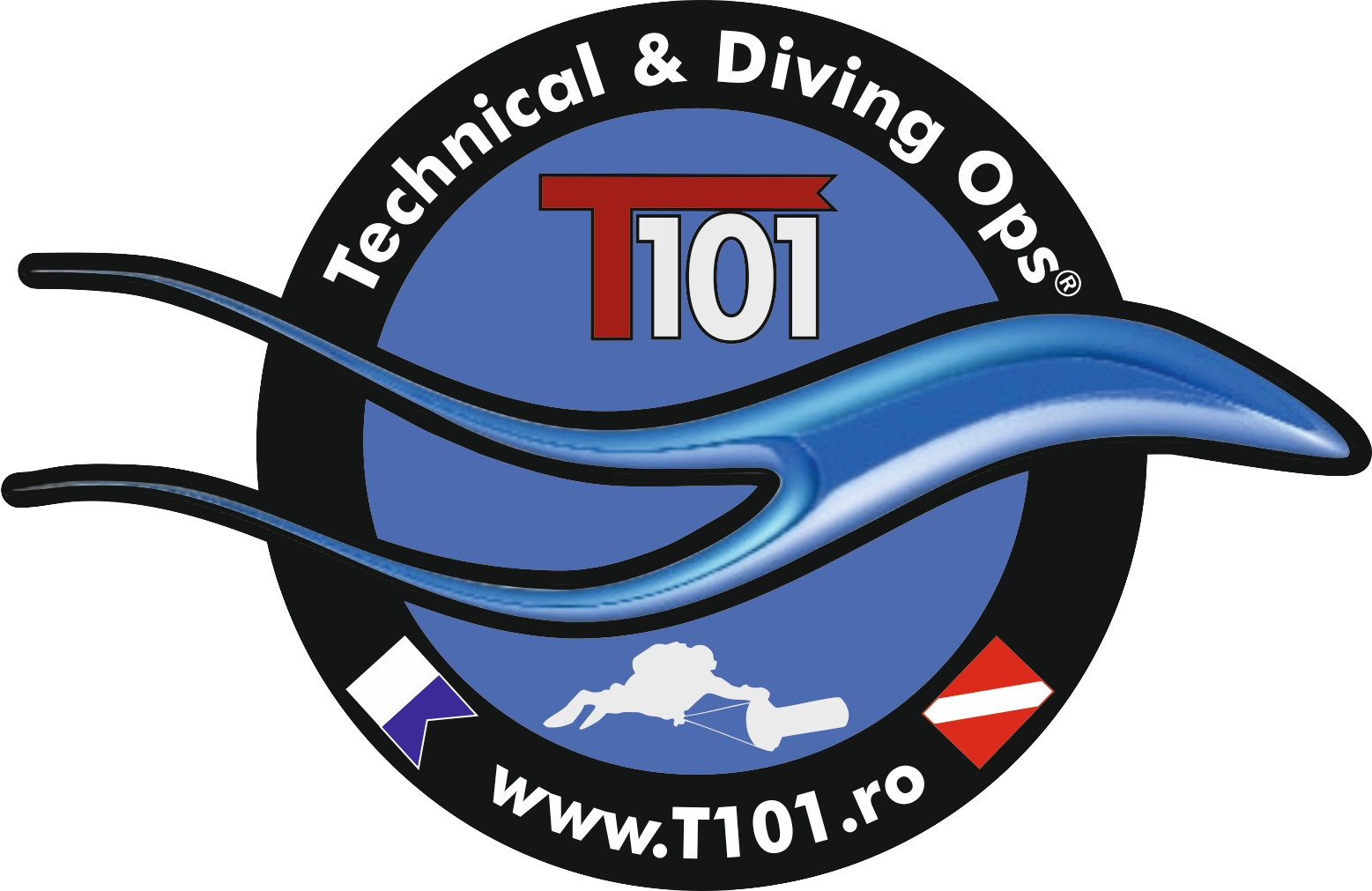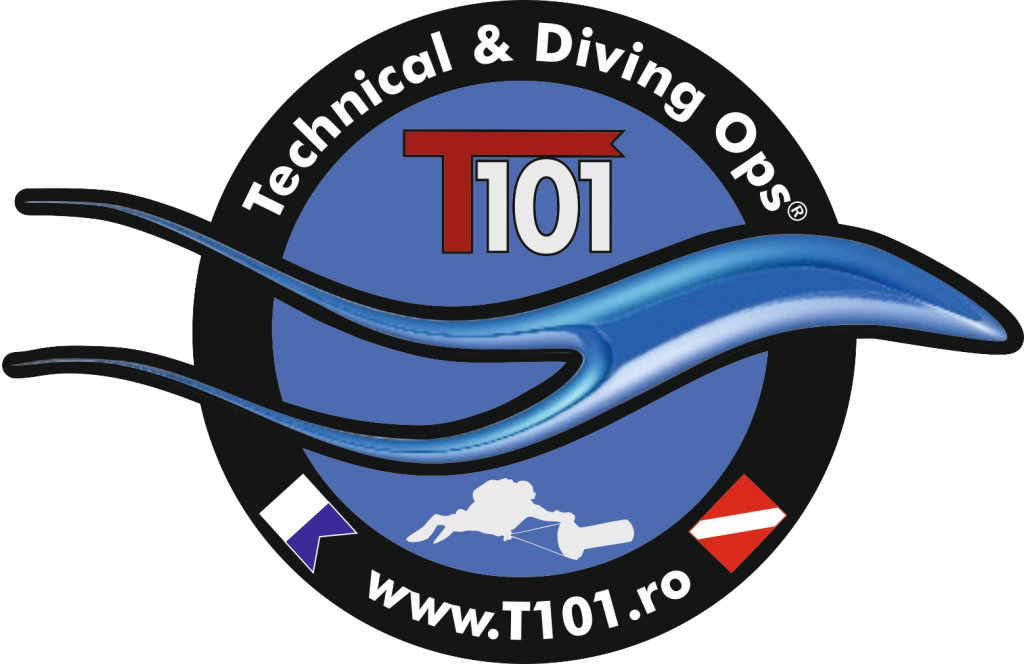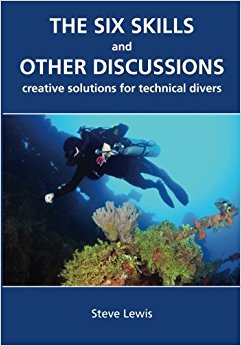What training agency certification is preferred onboard large yachts? What else do you need to know?
For those looking to work as Divemaster or Dive Instructor onboard a large yacht (private or charter), you may ask yourself (or others), what are the requirements to apply and be accepted.
Well, there are a few requirements, which I will try to list below, not going (for now) too deep into details.
For all working personnel at sea, besides the standard STCW 2010 training, mandatory (at different depths, position/duty onboard related), and the medical ENG1 or equivalent (medical clearance under the national flag or under Bahamas, Panama, Marshall, etc.), the aspirant sailor must hold certain professional qualifications in order to officially demonstrate his/her theoretical & practical skills in performing a certain job onboard. Another course, introduced in the last few years is Proficiency in Designated Security Duties (PSDS).
For a deckhand, AB Seaman, Yachtmaster, and everything in between, with extra skills in varnishing, special painting, tender driving, sailing, fishing, drone pilot, sometimes even combined with Personal Trainer or Ski Jet Instructor, is almost “a must”.
On some large yachts, hyperbaric chambers, submarines, or helicopters are common “toys”.
Most of the large yachts are recruiting crew with some “seasons” of experience, but many times, “greenie” are very welcome too. On a “smaller” yacht, is easier for the newcomers to step in and gain experience.
Another position that often is found onboard yachts is the Divemaster or Dive Instructor.
Many times, confused, simply because the recruiters (or even the employer) don’t know exactly the difference between the two levels.
You’ll find very often, a mixed position (job) as “deckhand/divemaster” or “deckhand/dive instructor”, with the remark that in general, 90% of the job is deck related and 10% is diving-related.
For the Divemaster/Dive Instructor, most of the time, you’ll find the required training agency, PADI.
IMHO, 99% of the time, this rule is simply arbitrary and based only on the very high visibility PADI is holding in the scuba market.
Unless the vessel is registered as a “diving center/facility” or the Owner is showing a direct preference for a certain training certification type, there is no solid reason to request a certain agency.
Most of the registered agencies (some with national, others with international coverage) are aligned with the ISO standards which apply to various types of recreational underwater diving training & services. The ISO standards are listed in International Diving Safety Standards Commission.
European Underwater Federation (EUF) & World Recreational Scuba Training Council (WRTC) – are other references used between recreational scuba diving training agencies.
There are other regulatory bodies, which come with some extra layers of advisory and suggestions for making a safer diving environment, such as Rebreather Training Council (RTC) and The Rebreather Education & Safety Association (RESA).
You must keep in mind that there are not two training agency certifications alike.
Each training agency is created based on the founder’s philosophy and vision for approaching the topic.
There is some degree of compatibility between the same level in different training agencies but at the same time, there are differences too, either in theoretical or practical aspects or most of the time, in both. Do your own deep research, don’t believe everything is written in the cloud, look for neutral opinions (if possible), and select what fits best your needs. During your evolution path, go thru different scuba diving training agencies so you can see the academic differences, but remember, the final training flavor is given by your diving instructor.
At the very end, the only way to be ahead of the crowd(ed certified instructors) is you. You need to invest a lot in your own (diving & maritime-related) training and equipment. Just the average… is not enough! Go Tech, go above and beyond!
Working on superyachts or expedition cruise ships is demanding.
Working as Divemaster or Dive Instructor on a superyacht is not the same as working on a liveaboard. Nothing to do! Not in the amount of diving/day/month (if you are looking for numbering) and not in the level of ultra-luxury +6* services provided.
But definitely, the superyachts sector is requiring a very complex package of skills to perform at best in a very (very!) demanding and exigent environment.
Good luck and safe dives!
Costa
(ANDI Technical Instructor Trainer, SDI/TDI/FRTI Instructor, DAN Europe Instructor, DDI Instructor)























































